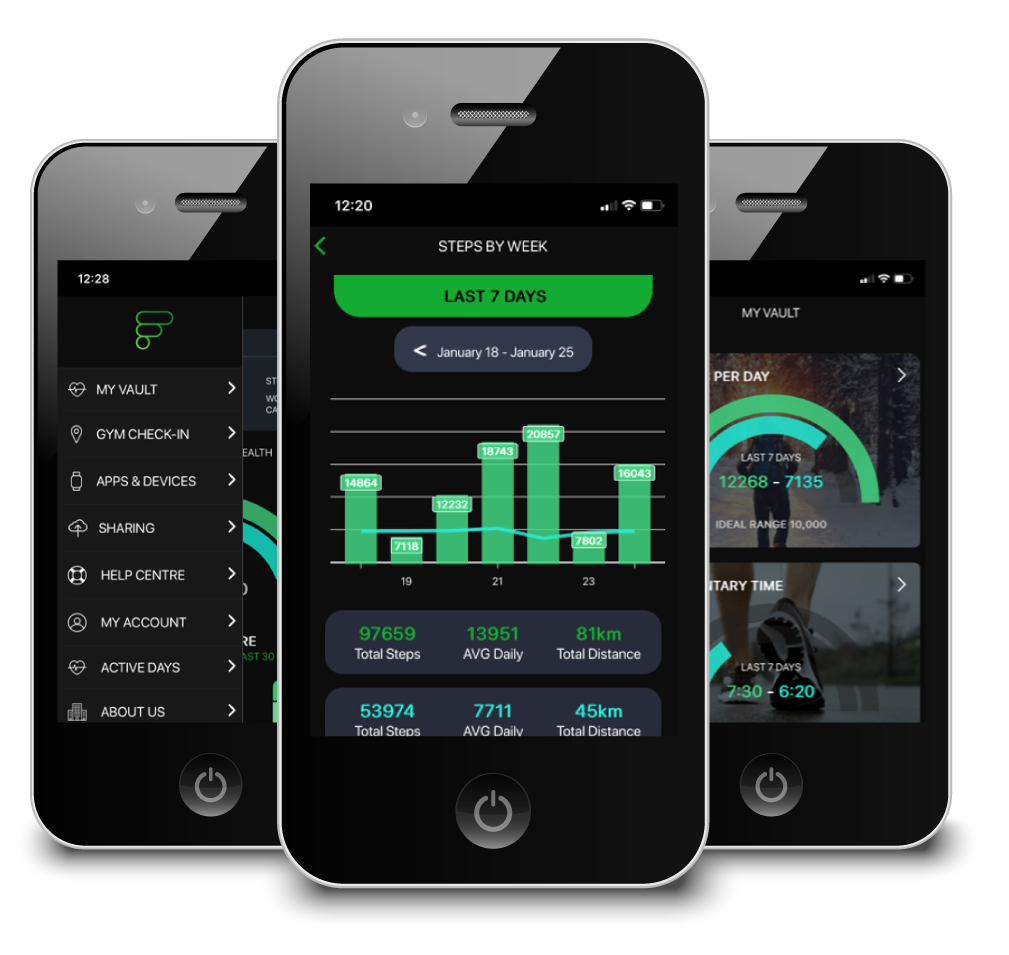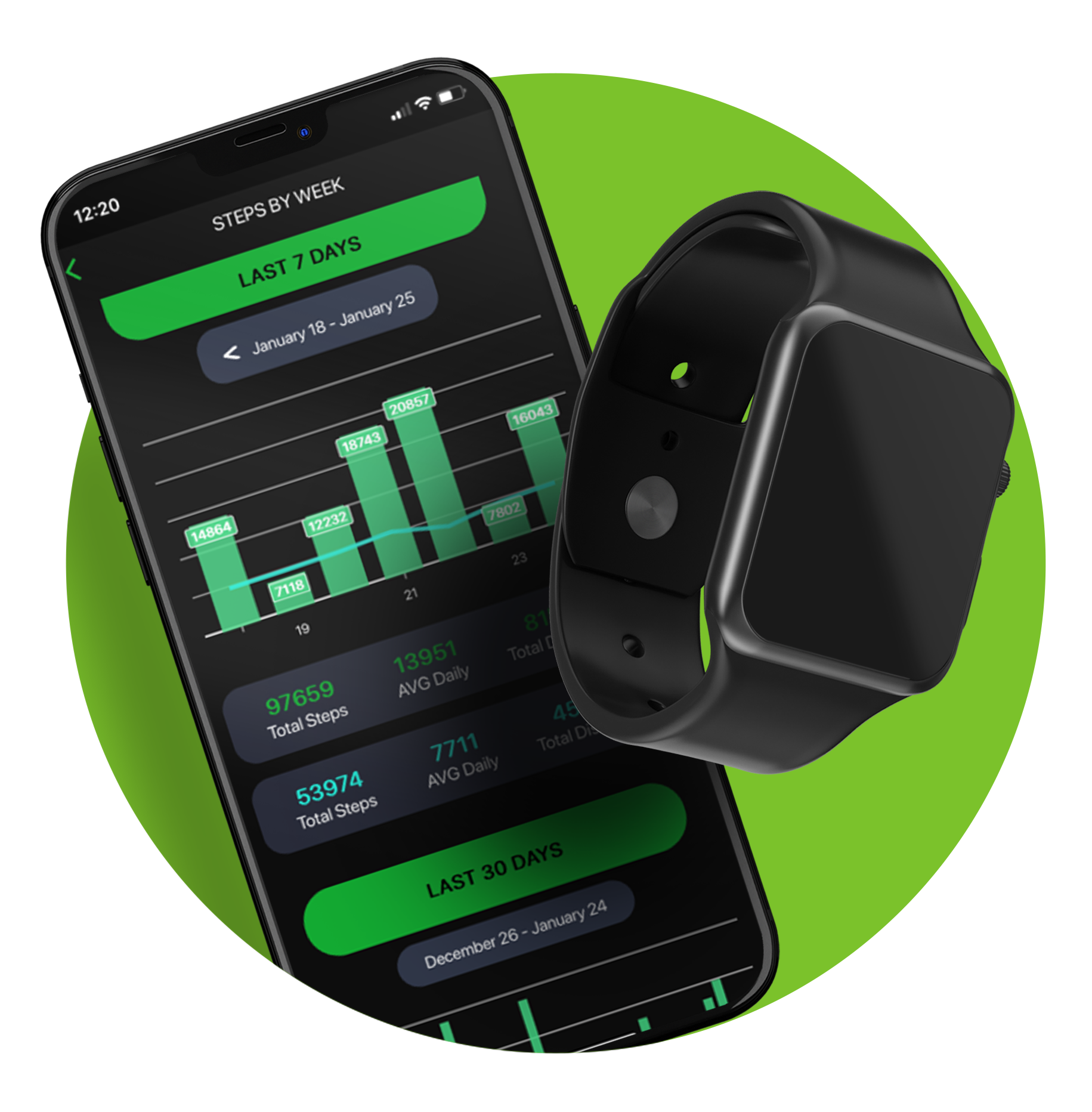Personal trainers can harness data from wearable devices to understand, engage with, and train their clients more effectively.
These devices track a myriad of health metrics, including heart rate, steps, calories burned, sleep patterns, and even stress levels, which can provide invaluable insights into a client's overall health and fitness.
Wearable data can be used to customize training plans to an individual's fitness level and goals. For example, heart rate data can help a trainer assess a client's cardiovascular fitness and adjust the intensity of workouts accordingly. Data on daily steps and active minutes can give an indication of the client's general activity level, which can be useful in setting realistic exercise targets.
Secondly, the immediate feedback provided by wearables can enhance client engagement and motivation. By showing clients the tangible impact of their workouts, like calories burned or heart rate peaks, trainers can help them see the direct benefits of their efforts. This real-time feedback can also be a motivational tool, encouraging clients to beat their own records.
Thirdly, wearable data can provide crucial insights into recovery and readiness for exercise. Sleep quality and duration, for instance, are critical for recovery and performance. Trainers can use this data to ensure that clients are getting adequate rest and adjust training schedules if necessary.
Lastly, wearables can assist in monitoring progress over time. By comparing current data with past records, trainers can objectively measure improvements in fitness and adjust training programs to keep challenging their clients.



